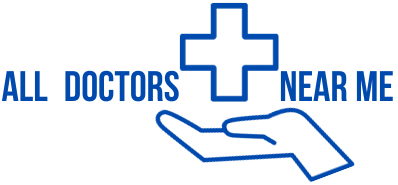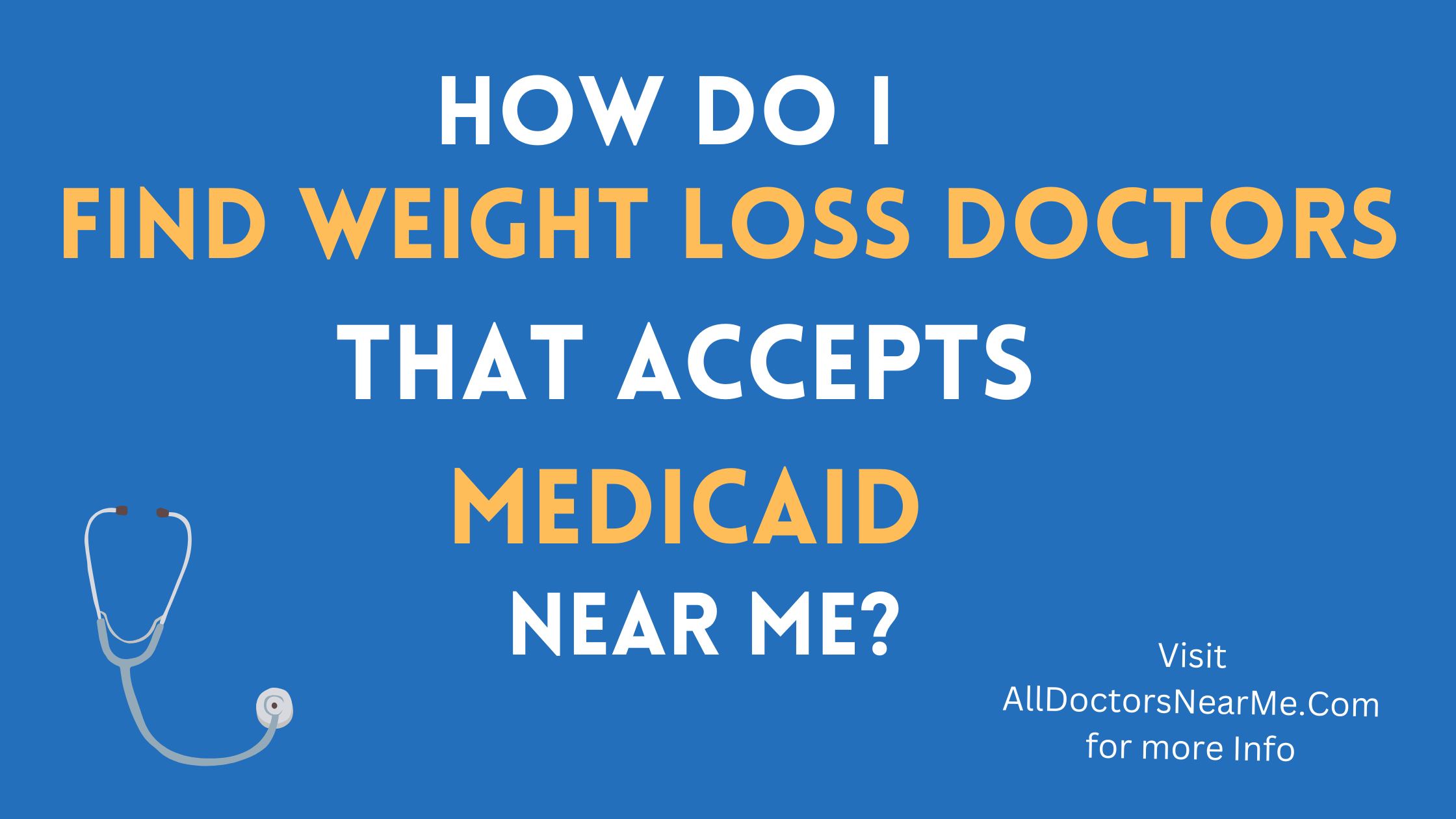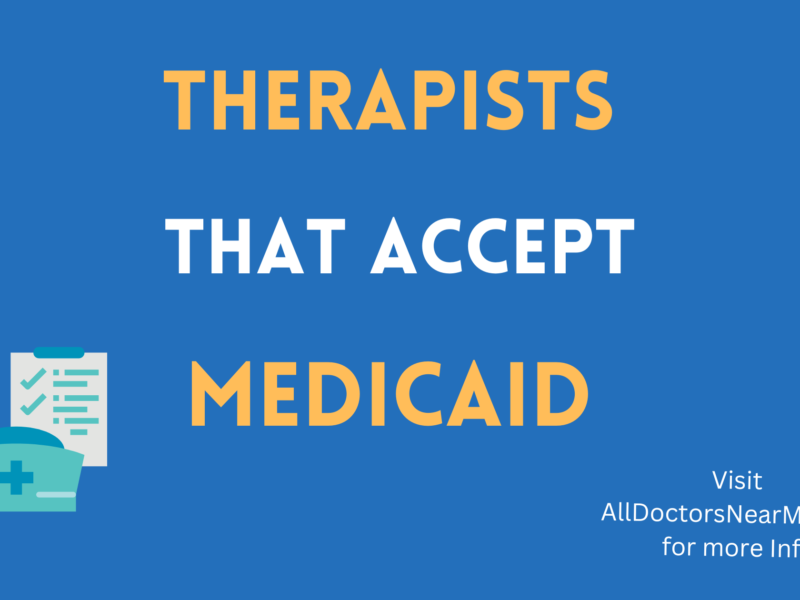Healthcare is one of life’s essentials, yet navigating its complexities can often feel overwhelming. Medicaid stands as a beacon of hope for many, providing health coverage to millions of low-income individuals, families, and those with specific needs. This guide is here to gently walk you through the process of applying for Medicaid, offering clarity and reassurance as you take this essential step toward a healthier future. From understanding who qualifies to submitting your application without pitfalls, we’ve gathered all you need to know.
What Is Medicaid and Why Is It Crucial?
Medicaid is a joint federal and state program designed to provide affordable or free healthcare to individuals and families who meet specific criteria. It covers a wide range of services, including doctor visits, hospital stays, prescription drugs, and preventive care. For those who struggle to afford private health insurance, Medicaid often serves as a lifeline, ensuring that no one is left behind in their pursuit of good health.
This program is tailored to support vulnerable populations such as low-income families, pregnant women, children, seniors, and individuals with disabilities. With the evolving healthcare landscape, Medicaid has become more vital than ever, especially in states that have expanded eligibility under the Affordable Care Act (ACA).
Whether you’re exploring Medicaid for yourself, your family, or a loved one, it’s important to understand the program’s scope and how it can integrate into your healthcare needs.
Who Is Eligible for Medicaid?
Eligibility for Medicaid depends on several factors, and because it’s administered at the state level, requirements may vary. However, the following general criteria usually apply:
1. Income Requirements
Medicaid eligibility is often income-based, and the thresholds depend on the federal poverty level (FPL). For instance:
- A single individual typically qualifies if their income is at or below 138% of the FPL in states with Medicaid expansion.
- A family of four may qualify if their combined income doesn’t exceed a specified percentage of the FPL.
2. Household Size
The size of your household—defined as the number of people reported on your federal tax return who rely on your income—plays a significant role in determining eligibility. Larger households often have higher income thresholds.
3. Specific Categories
Medicaid also considers categorical eligibility for groups like:
- Pregnant women
- Children under 18
- Seniors aged 65 and older
- Individuals with disabilities
Each of these categories may come with specific additional requirements set by your state.
4. Citizenship or Immigration Status
Applicants must generally be U.S. citizens or qualified non-citizens. Certain populations, like refugees, may also qualify under special provisions.
If you’re unsure about your eligibility, there’s no need to worry. Many state Medicaid websites offer tools to pre-screen your eligibility based on income and family size.
A Step-by-Step Guide to Applying for Medicaid
The application process for Medicaid may feel complex, but by breaking it into manageable steps, we can make it approachable. Here’s how to apply:
Step 1: Gather Your Documents
Before starting your application, collect all necessary documentation. Commonly required items include:
- Proof of income (pay stubs, tax returns, or benefit letters)
- Social Security numbers for all household members
- Photo identification
- Birth certificates or proof of citizenship
- Proof of residency (such as a utility bill or lease agreement)
Having these on hand ensures a smoother application.
Step 2: Choose How to Apply
You can apply for Medicaid through several channels:
- Online via your state’s Medicaid website or healthcare.gov for federally facilitated marketplaces.
- By Phone by contacting your state-specific Medicaid hotline.
- In-Person at your local Medicaid office or through community health centers and other state-designated locations.
- Mail by completing a paper application and mailing it to your state’s Medicaid office.
Choose the option that best suits your needs and convenience.
Step 3: Complete the Application
Be meticulous when filling out your application. Provide accurate information about your income, household size, and other requested details. Mistakes can lead to delays or denials.
Step 4: Submit Your Application
Double-check your application for errors before submission. If submitting online, ensure you receive a confirmation email or reference number. For in-person or mail submissions, consider keeping copies of all submitted documents.
Step 5: Await a Decision
Medicaid applications are usually processed within 30-45 days. Pregnant applicants and individuals requiring emergency coverage may receive expedited decisions. If approved, you will receive a benefits notice outlining your coverage.
Step 6: Address Issues if Denied
If your application is denied, don’t lose hope. You can appeal the decision by contacting your Medicaid office. Review your denial letter carefully, as it will outline the next steps.
Understanding Enrollment Periods
One key misconception about Medicaid is that it’s bound by enrollment periods like private insurance. Medicaid applications are accepted year-round, ensuring accessibility whenever the need arises. Special Enrollment Periods (SEPs) come into play if personal circumstances change, such as a job loss or pregnancy. Unlike traditional insurance, Medicaid ensures you’re not left without coverage during life’s unpredictable moments.
Medicaid Expansion and Its Impact
Under the Affordable Care Act (ACA), many states have expanded Medicaid to cover more individuals by increasing income thresholds. Expansion primarily benefits non-disabled, low-income adults who were previously ineligible. However, participation in Medicaid expansion varies by state. If you live in an expansion state, you may have a greater chance of qualifying. Check your state’s specific programs for more details.
Frequently Asked Questions About Medicaid
1. What Does Medicaid Cover?
Medicaid typically covers:
- Doctor visits
- Hospital stays
- Prescription drugs
- Preventive services
- Long-term care
Coverage details can vary by state, so explore your specific program for exact benefits.
2. Does Medicaid Cost Anything?
While Medicaid is generally free, some states may charge minimal premiums or co-pays for certain services based on income levels. Check with your state for specifics.
3. Can I Apply for Medicaid Even if I Have Private Insurance?
Yes, in many states, Medicaid can supplement your private insurance, covering services that your private plan doesn’t include.
4. What If I Move to Another State?
Medicaid programs are state-specific. You’ll need to reapply for Medicaid in your new state of residence.
5. Can I Switch Back to Medicaid If My Circumstances Change?
Yes, Medicaid understands that life is unpredictable. You can apply or reapply for Medicaid anytime your circumstances meet eligibility criteria.
Take the First Step Toward Health Security
Applying for Medicaid can feel daunting, but it’s worth the effort. By taking your time to understand the process and gathering the necessary information, you’re ensuring access to vital healthcare for yourself and your loved ones.
If you’re ready to start your application, visit your state’s Medicaid website or head to healthcare.gov. For further assistance, community organizations and Medicaid offices are here to guide you. Take this essential step today—your health deserves it.


